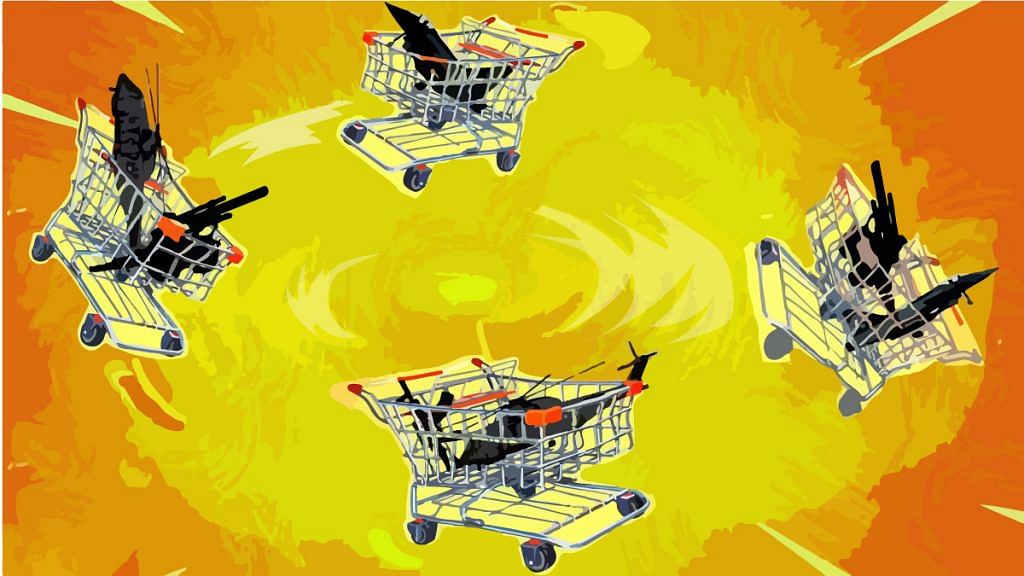It can be no one’s case that buying complex weaponry like fighter aircraft or helicopters is easy business. The Comptroller and Auditor General’s (CAG) report on air force purchases mentions 660 specifications in the medium fighter order, and 42 for a radar system. Nor can it be a cut-and-dried process — for that might lead to all bidders in most contracts being disqualified at the outset. Besides, the relative importance given to individual specifications or product features can significantly affect judgements on what the best offer is — and (let’s face it) these are often matters of judgement. In the real world, there would also be user preferences — as with the air force, which kept insisting in the early stages that it wanted the Mirage because of its performance in the Kargil war. Did similar air force pressure explain the choice of the Rafale (Mirage’s successor) in 2012, though the aircraft did not qualify?
Audit reports themselves don’t do much better than the more complex business of buying weapons. It passes understanding, for instance, as to why the CAG acquiesced to the defence ministry’s insistence on financial secrecy with regard to the Rafale contract, when all the financial numbers are laid out for all the other weapons acquisitions reviewed in the same CAG report! Also, it is obvious that the CAG has given the government a free pass by not putting a number to the amount that the Rafale was allowed to save by avoiding financial guarantees. So much for auditors.
Also read: Modi’s BJP is sliding down the Rafale slope. It must stop outraging and come clean
Are the elaborate processes and procedures for buying weapons sub-optimal precisely because they are so elaborate? Put into the equation the time factor, for it takes eight to 10 years in many cases for a selection process to be carried through while the defence services wait. Indeed, in the end there may be no acquisition at all (as with the AgustaWestland), or technology has changed in the interim. Is a simpler, shorter process possible for choosing between competitive bids? After all, most acquisitions in recent years have been done with no competitive bidding at all. As for the perennial issue of pay-offs, only the naive would think there are none when the purchases are so large that they can make or break vendors, when decisions are taken at multiple levels over years, and the choices are so complex as to be capable of endless fiddling (an air chief faces charges for allegedly having fiddled one number).
Meanwhile, there are no real answers to the larger questions. There is, for instance, no satisfactory explanation why only 36 fighter aircraft were ordered when the air force needed 126 — necessitating now a second round of bidding for the same kind of aircraft and possible delay of several years in getting the balance aircraft. The defence ministry’s response on the issue (says the CAG) is that light combat aircraft were also being ordered. That treats medium and light aircraft as interchangeable. But with the Tejas also making slow progress, the air force is now trying to get hold of extra Sukhoi-30s, which are heavy aircraft! On top of this haphazard building of the fleet, we have the air force’s seemingly ingrained distaste for putting in the effort to support a domestic aircraft manufacturing industry (such as the navy has done for shipbuilding). So the country gets locked into permanent import dependence of the kind that no other country with a large defence budget (other than Saudi Arabia) is exposed to. Something sure is rotten in the state of Denmark.
Also read: Modi should not allow Rafale jet deal to become another Bofors
